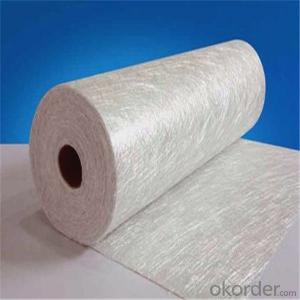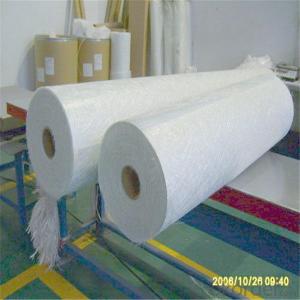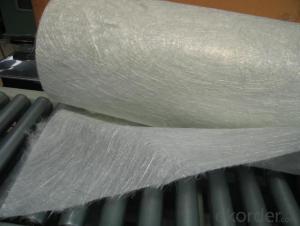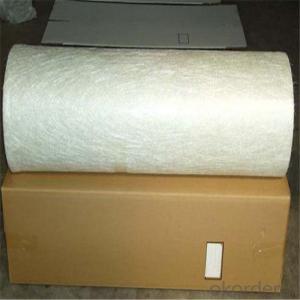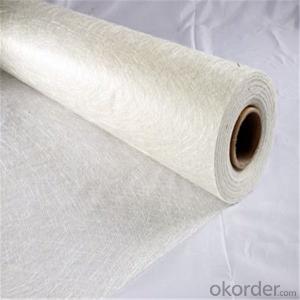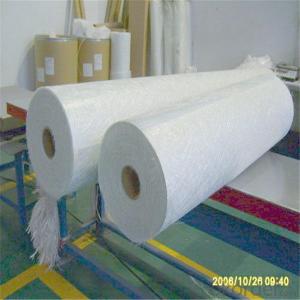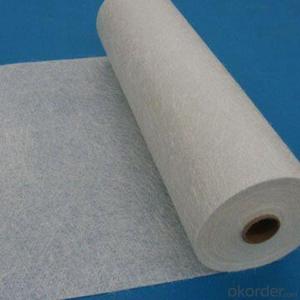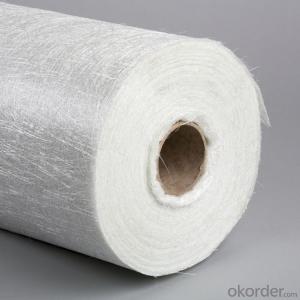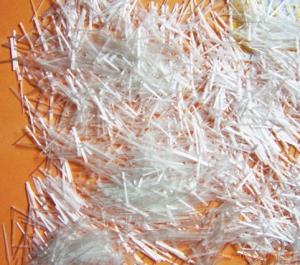E/C-glass Fiberglass Chopped Stand Mat
- Loading Port:
- Tianjin
- Payment Terms:
- TT OR LC
- Min Order Qty:
- 100 m.t.
- Supply Capability:
- 20000 m.t./month
OKorder Service Pledge
Quality Product, Order Online Tracking, Timely Delivery
OKorder Financial Service
Credit Rating, Credit Services, Credit Purchasing
You Might Also Like
Quick Details
| Technique: | Chopped Strand Fiberglass Mat (CSM) | Dimensions: | 450gsm | Mat Type: | Continuous Filament Mat |
| Fiberglass Type: | E-Glass | Softness: | softness | Place of Origin: | Jiangxi, China (Mainland) |
| Brand Name: | cnbm | Model Number: | 450gsm | color: | white |
| fiberglass type: | E glass | product: | e-glass powder chopped stand mats | binder: | powder or emulsion |
| width: | 1040 or 1270mm, as your requirement | weight: | 30 or 45kg/roll | paper tube diameter: | 90mm |
| outer diameter of roll: | 256mm | packing: | plastic film+carton box + pallet |
Packaging & Delivery
| Packaging Details: | plastic film+carton box + pallet |
| Delivery Detail: | 15-20days |
Specifications
1.e-glass powder chopped stand mats
2.binder:power or emulsion
3.width:1040mm or 1270mm
4.weight:450gsm
Picture
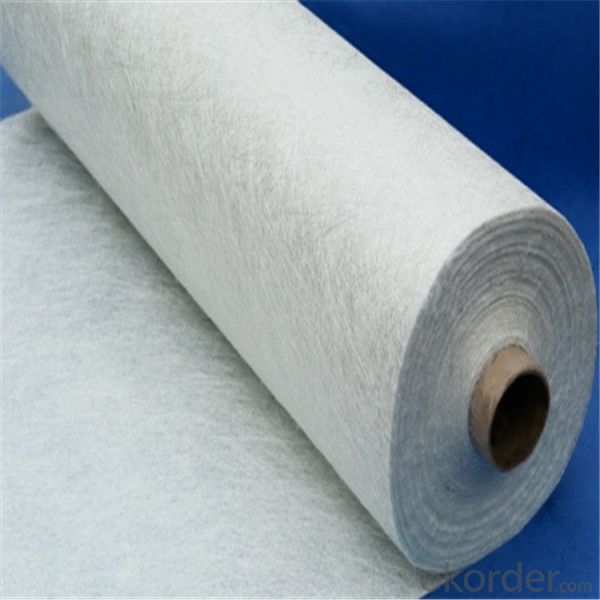
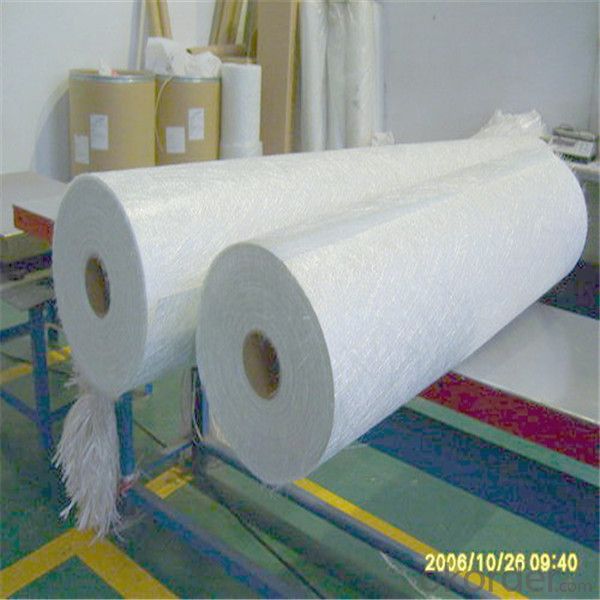
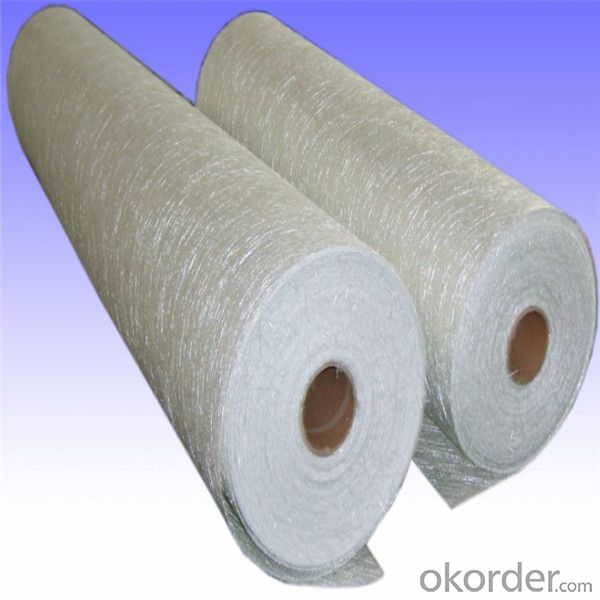
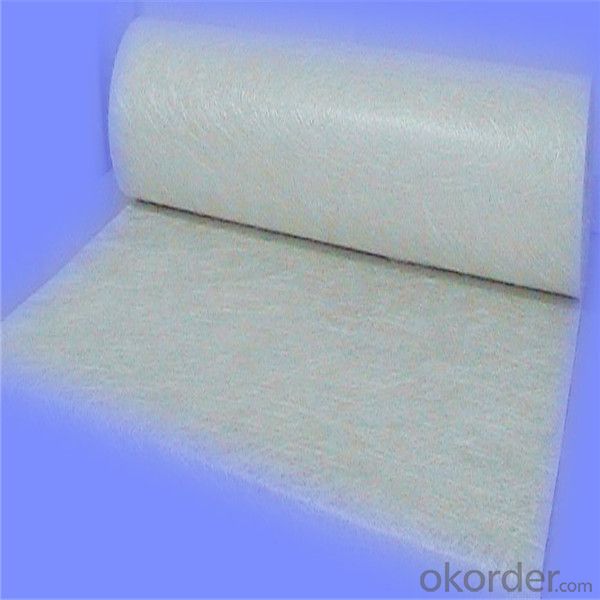
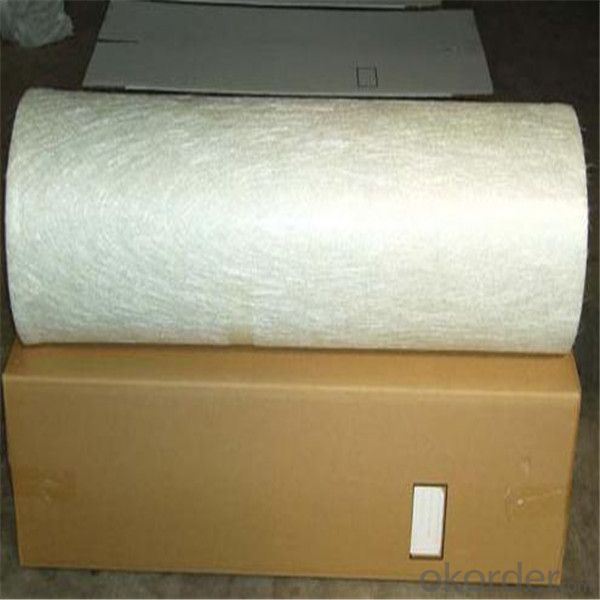
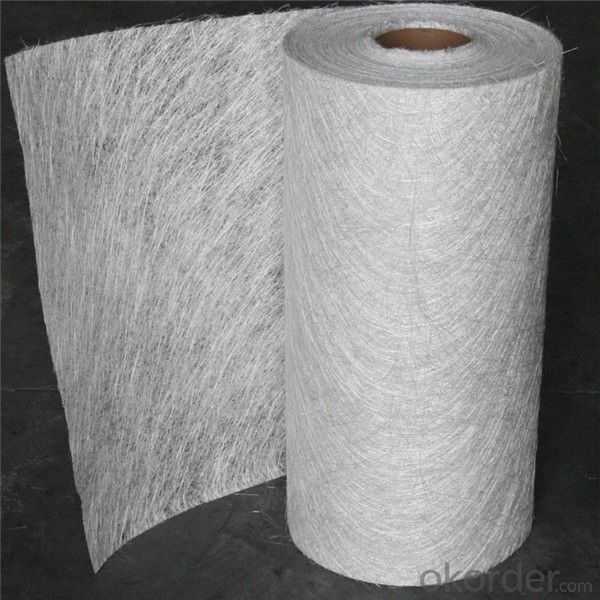
- Q:What are the typical cost savings associated with using fiberglass chopped strand composites?
- The typical cost savings associated with using fiberglass chopped strand composites include reduced material costs, lower labor expenses due to easier handling and processing, decreased transportation costs due to lightweight nature, and longer product lifespan resulting in reduced maintenance and replacement costs.
- Q:What are the different forms of fiberglass chopped strand available?
- There are several different forms of fiberglass chopped strand available, including continuous strand mat, chopped strand mat, woven roving, and chopped strand.
- Q:Does fiberglass chopped strand have any UV resistance?
- Yes, fiberglass chopped strand does have some level of UV resistance. However, it is important to note that the extent of this resistance can vary depending on the specific type and quality of the fiberglass material. While some fiberglass chopped strands are specifically designed to have enhanced UV resistance, others may require the application of a protective coating or finish to mitigate the effects of prolonged exposure to sunlight. UV resistance in fiberglass chopped strand is primarily achieved through the addition of various additives and coatings during the manufacturing process. These additives and coatings act as a barrier, preventing the harmful UV rays from penetrating the fiberglass material and causing degradation. It is worth mentioning that even with UV resistance, fiberglass chopped strand may still experience some level of discoloration, yellowing, or degradation over time when exposed to direct sunlight for extended periods. Therefore, it is generally recommended to minimize direct UV exposure and take appropriate protective measures, such as applying a UV-protective coating, when using fiberglass chopped strand in outdoor applications.
- Q:How does the orientation of fiberglass chopped strand affect its strength?
- The orientation of fiberglass chopped strand plays a significant role in determining its strength. Fiberglass chopped strand consists of individual glass fibers that are randomly oriented and held together with a sizing agent. When these strands are incorporated into a composite material, their orientation can impact the overall strength of the final product. In general, the strength of fiberglass chopped strand is influenced by the alignment of the fibers with the applied load. Fibers that are oriented parallel to the load direction tend to provide the highest strength, as they can effectively carry and distribute the applied stress. This is known as the longitudinal or axial direction. On the other hand, fibers that are oriented perpendicular to the load direction, also known as the transverse direction, provide lower strength. This is because the fibers are less effective in resisting the applied stress and are more prone to breakage. Moreover, the transverse orientation can result in delamination or separation between the fibers and the resin matrix, leading to reduced overall strength. The strength of fiberglass chopped strand can also be influenced by the presence of any fiber misalignment or voids in the composite material. If the fibers are not uniformly distributed or properly aligned, it can create weak spots or areas of stress concentration, decreasing the overall strength of the material. Therefore, to maximize the strength of fiberglass chopped strand, it is essential to ensure proper fiber alignment and distribution within the composite material. This can be achieved through careful manufacturing processes, such as using uniform and controlled fiber orientation techniques, ensuring proper resin impregnation, and minimizing the presence of voids or defects. In summary, the orientation of fiberglass chopped strand is a critical factor in determining its strength. Proper fiber alignment and distribution can enhance the material's ability to withstand applied stress and ultimately contribute to its overall strength.
- Q:Can fiberglass chopped strand be used in insulation applications?
- Yes, fiberglass chopped strand can be used in insulation applications. Fiberglass chopped strand is a common material used in insulation due to its excellent thermal resistance properties. It effectively traps air pockets within its structure, which helps to reduce heat transfer and maintain a stable temperature in the insulated space. Additionally, fiberglass chopped strand insulation is lightweight, durable, and resistant to moisture, making it suitable for a wide range of insulation applications. Whether it is used in residential buildings, commercial establishments, or industrial facilities, fiberglass chopped strand insulation provides an effective solution for thermal insulation requirements.
- Q:Is fiberglass chopped strand suitable for the production of roofing materials?
- Yes, fiberglass chopped strand is suitable for the production of roofing materials. It offers excellent strength, durability, and resistance to weather conditions, making it an ideal choice for roofing applications. Additionally, its lightweight nature allows for easy installation and reduces the overall weight of the roof.
- Q:How is the thermal conductivity of fiberglass chopped strand determined?
- The thermal conductivity of fiberglass chopped strand is typically determined through experimental testing. The most common method used is the guarded hot plate method, which follows ASTM C177 standards. In this method, a test specimen of the chopped strand is placed between two guarded hot plates. One plate is heated while the other is cooled, creating a temperature gradient across the specimen. The heat flow through the specimen is then measured, and the thermal conductivity is calculated using the known dimensions of the specimen and the temperature difference. Another method that can be used is the transient plane source method, as specified in ASTM D7984. This method involves placing a thin, flat disc of chopped strand between two parallel plates. A heat pulse is applied to one plate, and the resulting temperature rise is measured over time. By analyzing the temperature rise and the known properties of the specimen, the thermal conductivity can be determined. Both methods require careful control of experimental conditions, such as maintaining constant temperature and pressure, to ensure accurate results. Additionally, multiple measurements may be taken and averaged to improve the accuracy and reliability of the thermal conductivity values obtained.
- Q:Can fiberglass chopped strand be used in the production of construction panels?
- Yes, fiberglass chopped strand can be used in the production of construction panels. It is commonly used as a reinforcement material to enhance the strength and durability of the panels. The chopped strands are typically mixed with a resin and then molded to create sturdy and lightweight construction panels.
- Q:What are the typical processing temperatures for fiberglass chopped strand composites?
- The typical processing temperatures for fiberglass chopped strand composites range from 150°C to 200°C.
- Q:What are the weathering resistance properties of fiberglass chopped strand?
- Fiberglass chopped strand exhibits excellent weathering resistance properties due to its inherent resistance to UV radiation, moisture, and temperature variations. This material is highly durable and can withstand prolonged exposure to outdoor elements without significant degradation or loss of performance.
1. Manufacturer Overview |
|
|---|---|
| Location | |
| Year Established | |
| Annual Output Value | |
| Main Markets | |
| Company Certifications | |
2. Manufacturer Certificates |
|
|---|---|
| a) Certification Name | |
| Range | |
| Reference | |
| Validity Period | |
3. Manufacturer Capability |
|
|---|---|
| a)Trade Capacity | |
| Nearest Port | |
| Export Percentage | |
| No.of Employees in Trade Department | |
| Language Spoken: | |
| b)Factory Information | |
| Factory Size: | |
| No. of Production Lines | |
| Contract Manufacturing | |
| Product Price Range | |
Send your message to us
E/C-glass Fiberglass Chopped Stand Mat
- Loading Port:
- Tianjin
- Payment Terms:
- TT OR LC
- Min Order Qty:
- 100 m.t.
- Supply Capability:
- 20000 m.t./month
OKorder Service Pledge
Quality Product, Order Online Tracking, Timely Delivery
OKorder Financial Service
Credit Rating, Credit Services, Credit Purchasing
Similar products
New products
Hot products
Hot Searches
Related keywords



